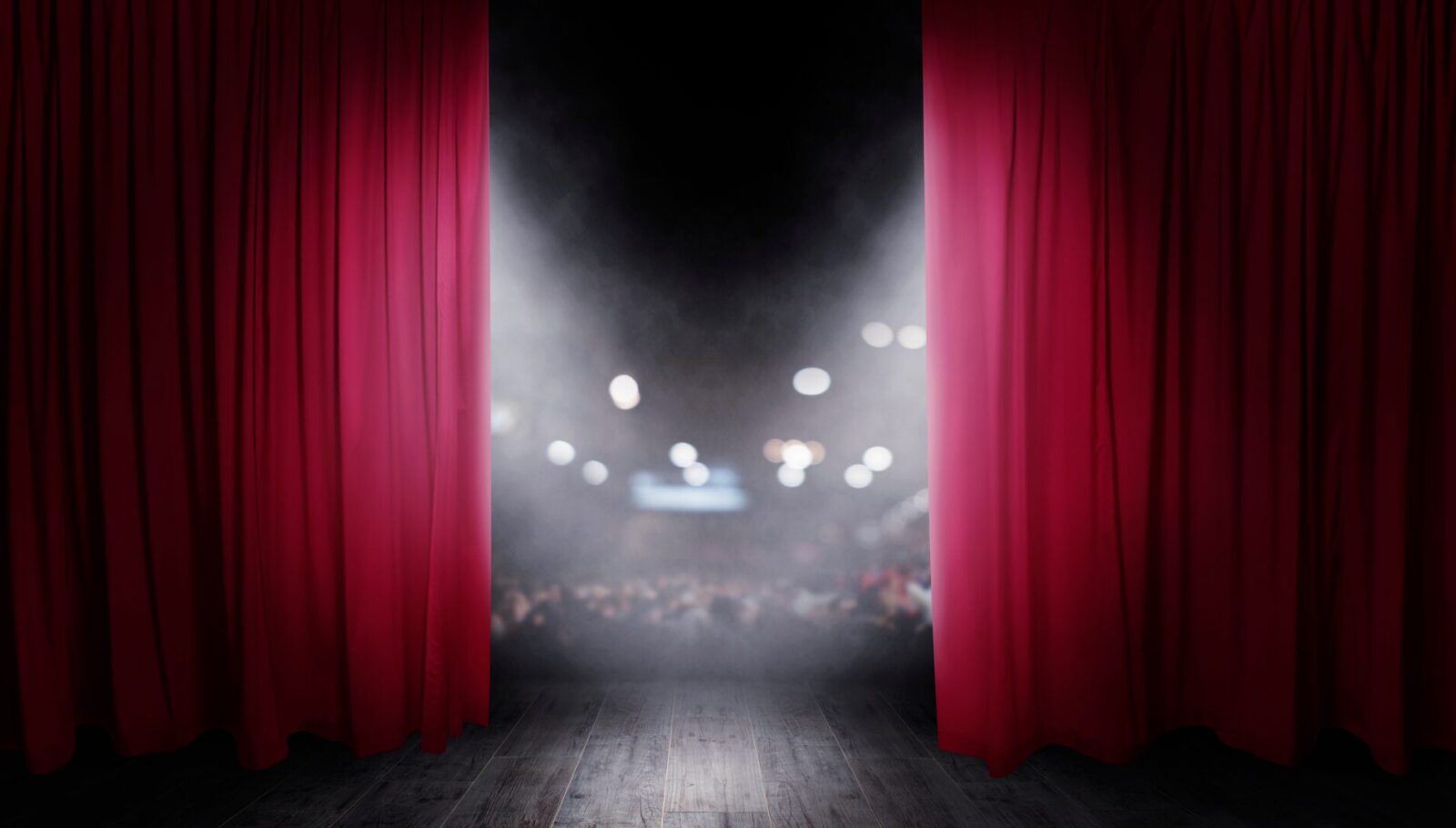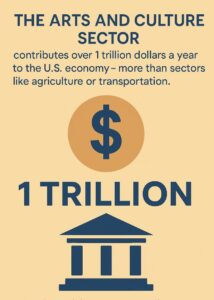The Dire State of U.S. Arts Funding: What It Means for the Future

In a move that has sent shockwaves through the cultural sector, the U.S. House Appropriations Interior Subcommittee has proposed drastic budget cuts to the National Endowment for the Arts (NEA), the National Endowment for the Humanities (NEH), and the Kennedy Center. If approved, this would mark the NEA’s lowest funding level since 2007—not accounting for inflation—and a serious setback for an already strained sector.
The FY26 appropriations bill recommends a 35% reduction for both the NEA and NEH, cutting their budgets to $135 million each—down $72 million from previous years. The Kennedy Center’s funding would also be slashed by 17.2%, to $37.2 million.
These proposed cuts are not without precedent. The Trump administration has repeatedly signaled its intent to eliminate federal cultural agencies entirely. In fact, an earlier budget proposal this year made no allocation for the NEA, NEH, or the Institute of Museum and Library Services, continuing a broader ideological push to strip the federal government of arts-related funding. Perhaps most alarmingly, the bill includes language barring funds from being used to support diversity, equity, and inclusion efforts or critical race theory.
 For readers outside the U.S.: the NEA and NEH are U.S. federal agencies that provide critical support to the arts and humanities. They fund everything from theatre and music programs to historical preservation and arts education in public schools. A significant portion—40%—of the NEA’s budget is distributed directly to U.S. state arts agencies. Without this funding, many state and regional agencies would face immediate and potentially devastating shortfalls.
For readers outside the U.S.: the NEA and NEH are U.S. federal agencies that provide critical support to the arts and humanities. They fund everything from theatre and music programs to historical preservation and arts education in public schools. A significant portion—40%—of the NEA’s budget is distributed directly to U.S. state arts agencies. Without this funding, many state and regional agencies would face immediate and potentially devastating shortfalls.
This is not a hypothetical threat. In May, many U.S. arts organizations that had applied for NEA funding were abruptly informed that their proposals would not be supported—despite being led to believe otherwise. As Erica Lauren Ortiz from Theatre Communications Group told American Theatre Magazine, “Without adequate support for this agency, not only are direct grants threatened, but essential funding for state and regional arts agencies would be devastated as well.”
More than five million Americans work in the arts and culture sector—from museum curators and educators to dancers, designers, and production staff. The NEA also supports programs that serve veterans, marginalized communities, and rural areas. Students with access to the arts are proven to have higher attendance rates, stronger academic performance, and better graduation outcomes. These cuts threaten not just jobs, but the social fabric that the arts help strengthen.
In response to federal uncertainty, some U.S. states have stepped up. According to the National Assembly of State Arts Agencies (NASAA), 29 states increased their arts funding for FY26. Oregon, for example, raised its arts budget by over 80%, while Florida saw a 36% boost. North Dakota and Connecticut also significantly expanded support.
Still, the overall picture is bleak. Aggregate state funding is down 7.4% compared to 2025. Some states—like New Hampshire, Missouri, and Hawaii—have seen their appropriations decimated by over 50%, often due to shifts in political will or the loss of one-time line-item funding.
 Moreover, many states rely on the NEA to access matching funds. With federal support shrinking, states may reconsider their own investments. “If the federal match goes away,” said Jay H. Dick of Americans for the Arts, “I worry that some state legislators will say, ‘Why should we bother to appropriate funding for the arts at all?’”
Moreover, many states rely on the NEA to access matching funds. With federal support shrinking, states may reconsider their own investments. “If the federal match goes away,” said Jay H. Dick of Americans for the Arts, “I worry that some state legislators will say, ‘Why should we bother to appropriate funding for the arts at all?’”
Across the country, alternative funding mechanisms have emerged: arts-themed license plates, tax check-offs, ticket taxes, and even portions of lottery and coal production revenues. While these provide valuable supplemental support, they are not enough to compensate for deep federal cuts.
As Kelly Barsdate of NASAA puts it, “These mechanisms don’t relieve governments of the commitment to support the arts. Rather, they fulfill that commitment in a different way.” But without strong federal leadership, these local innovations are merely patches on a fraying system.
In many countries, national arts councils and ministries of culture receive robust public investment as a reflection of cultural heritage, civic health, and creative innovation. In contrast, the U.S. has long treated arts funding as an expendable luxury—a stance that is becoming increasingly unsustainable in a global creative economy.
At its core, this fight is about more than money. It’s about whether art—across all disciplines—is valued as a public good or treated as a disposable afterthought. It’s about equitable access to creative expression. It’s about whether the next generation of artists, educators, and storytellers will have the support they need to thrive.
This is a critical moment for U.S. arts policy. If you’re based in the U.S., contact your local representatives and urge them to reject these cuts and support full funding for the NEA and NEH. If you’re based abroad, consider this a reminder that funding the arts is never guaranteed—and always worth fighting for. To take action, join the petition.
Disclaimer: This article was created with the assistance of artificial intelligence and reviewed by StageLync’s editorial team to ensure accuracy and clarity.
Main image: Stock Photo ID: 1278472636. The red curtains are opening for the theater show. Photo Contributor alphaspirit.it
back to Home
Editor's Note: At StageLync, an international platform for the performing arts, we celebrate the diversity of our writers' backgrounds. We recognize and support their choice to use either American or British English in their articles, respecting their individual preferences and origins. This policy allows us to embrace a wide range of linguistic expressions, enriching our content and reflecting the global nature of our community.
🎧 Join us on the StageLync Podcast for inspiring stories from the world of performing arts! Tune in to hear from the creative minds who bring magic to life, both onstage and behind the scenes. 🎙️ 👉 Listen now!
